What can be planted after garlic next year in the garden
Today, garlic is found in almost every household plot, but not all gardeners can boast of a good harvest, since you need to understand what is permissible to plant after garlic. The most common reason for this situation is non-compliance with the rules of crop rotation and plant care. To eliminate such problems, it is important to know what you can plant after.
Content
- 1 Crop rotation and its features
- 2 How to ensure crop rotation
- 3 Why rotate crops in the garden
- 4 Spring replacement for garlic in the garden
- 5 Is it possible to plant something after garlic in the fall
- 6 Can onions be a worthy substitute for garlic
- 7 Good neighborhood
- 8 A few tips from an experienced summer resident
Crop rotation and its features
Compliance with the rules of crop rotation will allow you to obtain stable yields of garden crops. Any agronomist will say that planting can be done in one place for no more than 3-4 years. The decrease in the rate of return of fruits for different plants is different. Garlic varieties show less results already in the second year, and by the end of the permissible period they decrease significantly.

The application of crop rotation rules allows:
- preserve and improve soil fertility;
- reduce the amount of weeds;
- grow a healthy crop;
- create a favorable environment for the development of microorganisms.
The main feature of crop rotation is planning and work for the future. The change of planting sites is considered in advance, working out the details and procedure for changing horticultural crops. It is required not only to take into account the compatibility of various types of plants, but also the peculiarities of preparing the soil for them.
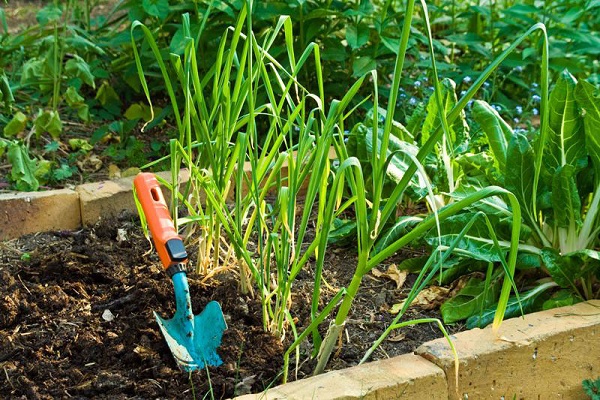
Neglect of the rules of crop rotation threatens the scourge of diseases and pests. Due to the fact that garlic is harvested early, an empty space remains in the backyard after digging the heads, so there is often a problem that it is better to plant on it. Despite the unpretentiousness of the garlic varieties, it is recommended to know after which it is better to plant garlic.
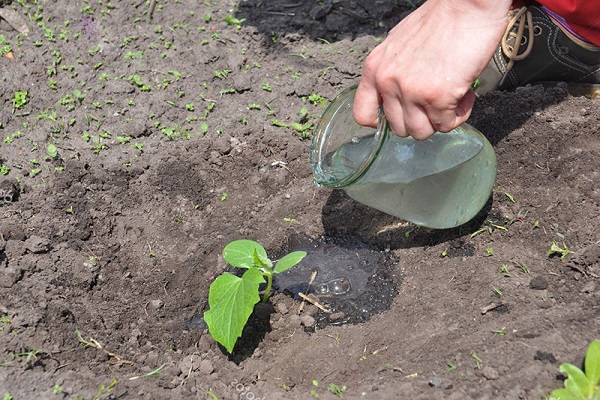
How to ensure crop rotation
In a large proportion of cases, gardeners grow horticultural crops in the garden bed. It is recommended to use an even number of them on the site, which will make it easy to change the order of planting of plants. The minimum duration of rotation in a crop rotation is 4 years, after which the procedure for changing horticultural crops is carried out.
There are plants that do not care about the predecessors that grow earlier at the planting site. These include:

- sorrel;
- asparagus;
- horseradish.
It is possible to get a rich harvest of such species without crop rotation rules. For most vegetable crops, compliance with crop rotation rules is considered mandatory. Garlic has a superficial root appearance and takes nutrients only from the top layers of the soil. Due to this feature, it is picky about soil fertility, and it is recommended to plant it in place of the previous growth of plants with a long root system.
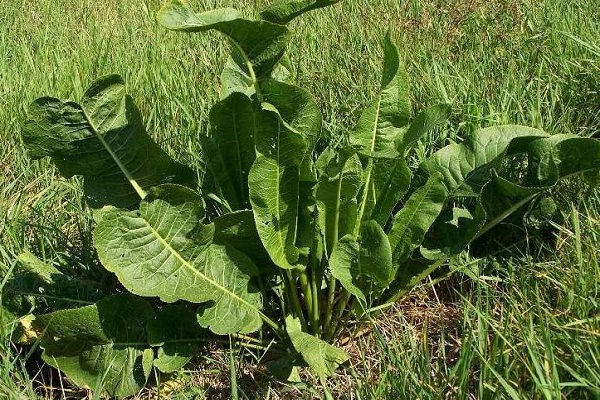
Why rotate crops in the garden
Numerous scientific theories and studies prove that rotation allows you to minimize the risk of undesirable consequences of non-compliance with crop rotation in the form of infection with diseases and pests.
When deciding whether to plant garlic after carrots or other plant species, a simple rule of thumb is used. Its essence lies in the fact that in the same place it is impossible to plant plants that belong to the same family for a long time. The belonging of cultures to different groups indicates the possibility of combining them, since in this case completely different diseases and pests are inherent in them.
Correct crop rotation increases yields and reduces the risk of plant pests. Garlic is a unique plant, after which the soil is enriched with useful elements, and this property is often used when planting legumes and potatoes.
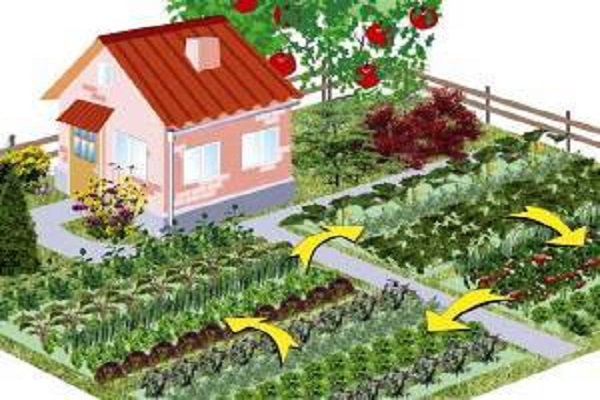
Spring replacement for garlic in the garden
With the onset of spring, many summer residents are thinking about what can be planted in the former garlic beds. In the spring they will gladly accept:
- legumes;
- potatoes;
- tomatoes;
- cabbage;
- cucumbers;
- annual herbs.
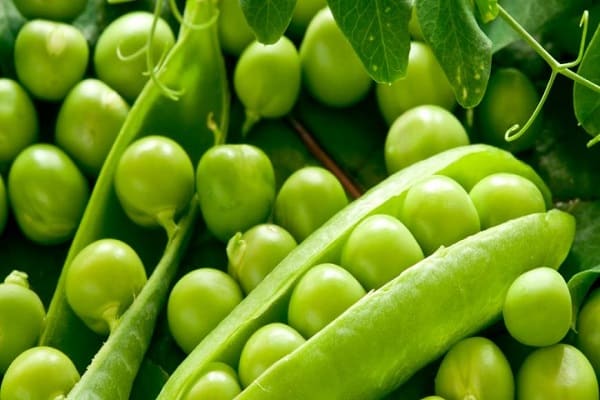
Not mandatory for planting, but the recommended species after garlic are annual herbs. They help replenish mineral reserves and restore soil balance. This variety includes green peas.
Is it possible to plant something after garlic in the fall
The peculiarity of the culture of garlic varieties is that it is permissible to plant them in late autumn and early spring. Planting time depends on the type of garlic, namely its belonging to the spring or winter varieties.
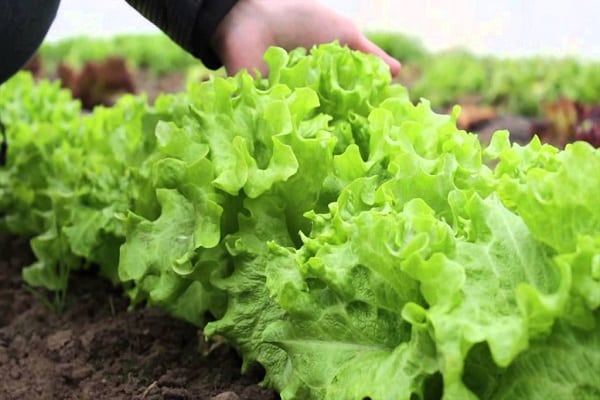
After harvesting garlic in the fall, a significant empty area remains, which, given the warm days, I want to use it with benefit. Immediately after harvesting the garlic, crops with a short growing season can be planted in the vacant space. These include:
- spinach;
- dill;
- various types of salads and herbs.
To improve the quality of the soil, green manure plants are planted, which improve the quality of soil looseness and enrich the soil with nutrients. These crops include:
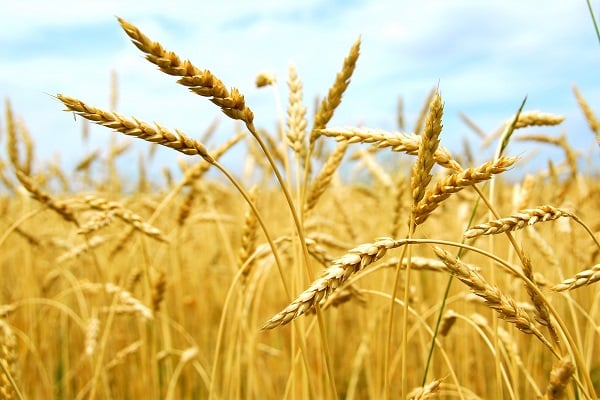
- mustard;
- lupine;
- cereals;
- rapeseed and many other types.
Experts consider wheat and legumes to be one of the best green manures. Saturation of the soil with nitrogen improves the quality of the soil. Such plants secrete special substances into the ground, which further help prevent the appearance of weeds.
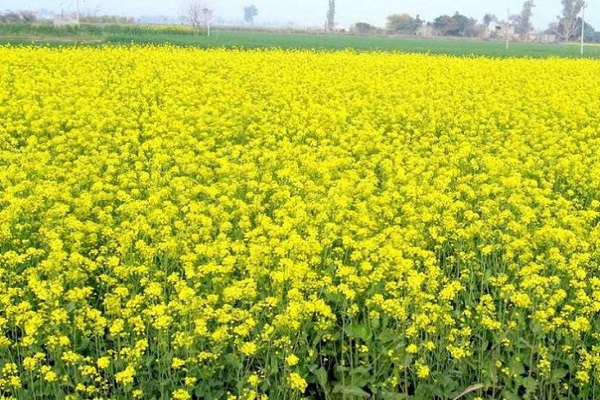
Can onions be a worthy substitute for garlic
The Onion family should not be in the garden after garlic. Both plants belong to the same family, therefore, according to the rules of crop rotation, their succession is prohibited. It is recommended to plant onions after cabbage or cucumbers. If this recommendation is not followed, the harvest will be poor and the plants may be sick.
Onions require a large amount of calcium for growth, which leads to depletion of the soil.
For garlic, the presence of such an element in the soil is one of the important conditions for good growth. After onions, many pests remain in the garden, most of which are very dangerous for garlic. When planting heads on such a bed, the planting is more likely to be infected with onion nematode. If such a disease is detected, experts advise not to plant garlic on the affected area for at least 3 years.
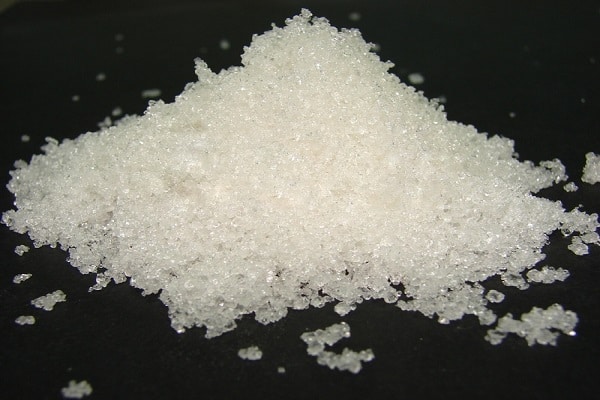
Good neighborhood
Planting garlic next to peas or beans is undesirable, the nearby cabbage does not have the best effect. At the same time, finding it next to the following cultures is beneficial:
- tomatoes;
- cucumbers;
- beet;
- Strawberry.
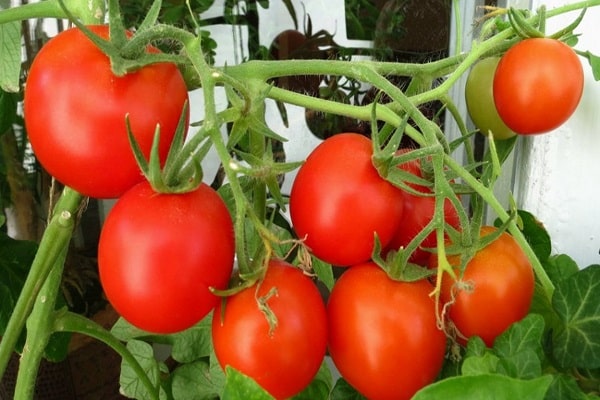
The best neighbor for garlic crops is strawberries. The phytoncides secreted by garlic varieties repel most berry pests. Good growth is observed in garlic next to cucumbers and tomatoes.At the same time, it is important to observe the planting distance, which should not be less than 65 cm. This neighborhood protects tomatoes from diseases such as rust, and garlic receives protection from scab.
The proximity of such crops with garlic helps to repel many harmful insects. The plant acts as an excellent defender against the following pests:
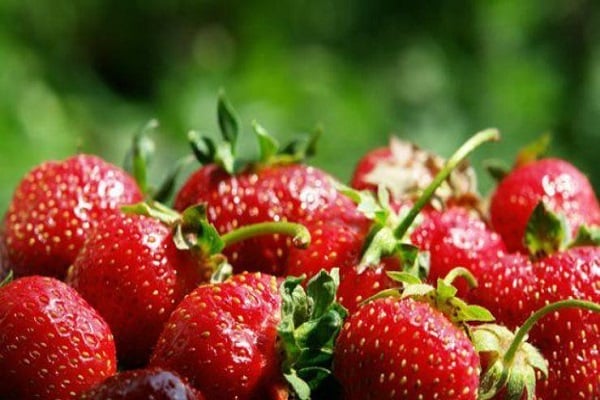
- bear;
- carrot fly;
- Colorado beetles;
- May beetle larvae.
Garlic planted next to potato varieties will prevent colorado beetle infestations. The plant is able to protect such flower crops as roses, asters, gladioli from aphids. At the same time, the proximity of garlic with dill can improve the taste of the heads.

A few tips from an experienced summer resident
Strawberries will become a worthy replacement for garlic .. The plant will be strong, the pests will bypass the planting site, which will guarantee healthy shoots and a rich harvest of berries.
Many summer residents follow the rules of crop rotation, but do not bother with lengthy calculations due to the use of the following tricks. There are two ways to determine what should be planted in the place of the previous bed:
- form two beds with planting of plants from different families and when a choice comes, they simply change their places;
- they use the principle of "tops and roots", that is, sequentially planting crops with the formation of root crops, replacing at the next planting with species with aboveground crop formation.
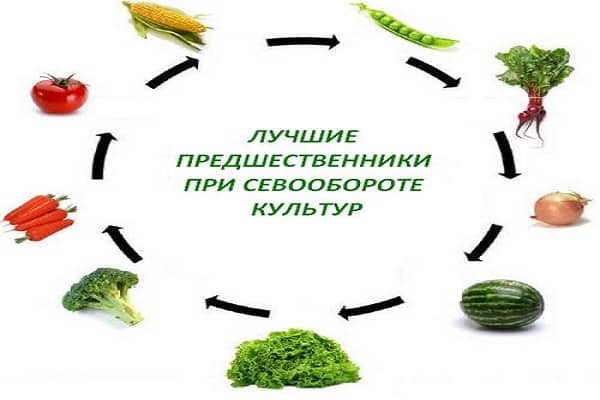
When using the second planting rule, the principle of belonging to the same family continues to apply. For example, carrots belong to the type of roots, and dill is tops. Moreover, both plants are representatives of the umbrella, which imposes a ban on the possibility of sequential planting in the garden.
Garlic is not planted after plants that require a lot of nutrients to grow. Do not plant the plant in the place where the carrot or cabbage previously grew. For planting, open sunny places are chosen without the problem of stagnant water. With a small area of \ u200b \ u200bthe garden plot, they resort to the following tricks:

- plant in the shade of trees, but plant cloves more rarely, increasing the distance between deepenings;
- use the neighborhood with strawberries, planting planting material between outlets.
The key to the success of growing and getting a decent harvest of garlic is the right choice of seeds. It is recommended to adhere to the following rules:
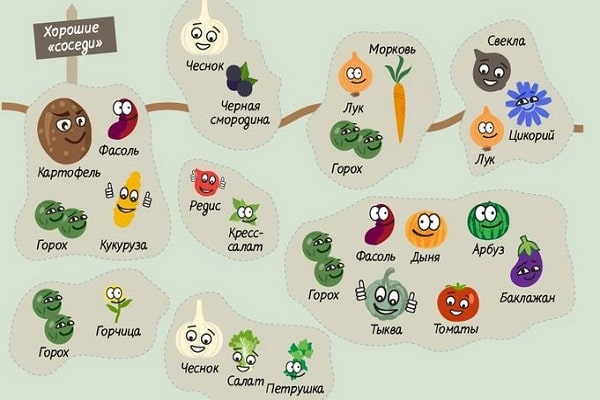
- for planting, use only healthy cloves without signs of defects and rot;
- in the presence of a lesion, even on one tooth, it is required to set aside the entire head;
- seeds with a period of more than 2 years cannot be used for planting;
- you should not use heads with a small number of teeth, such a signal indicates the degeneration of the culture.
Randomness in the organization of crop rotation is unacceptable, therefore, experts advise to start a notebook and note the planting history in it. In this case, it is worth making markings and drawing up planting schemes, including planning future work. It is recommended to record yield indicators in order to further analyze the mistakes made and the successes achieved.
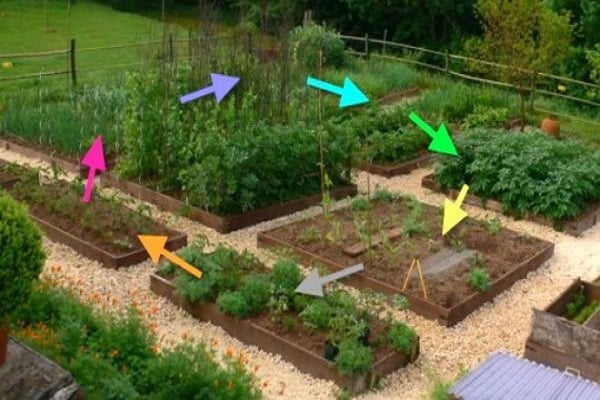
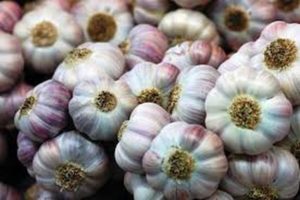
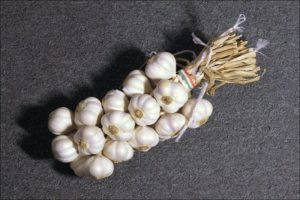
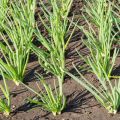
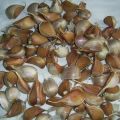
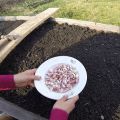
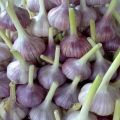
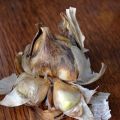
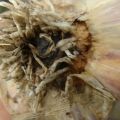
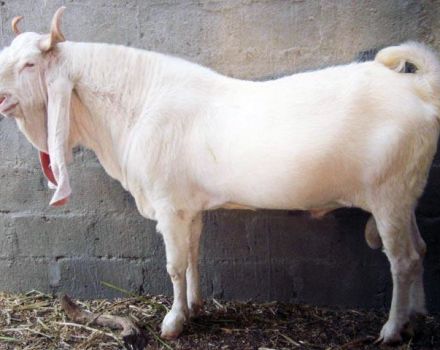

I know about the crop rotation rule for a long time, I do it every three years.But how difficult and energy-intensive it is to think over what and where to transfer and with whom it will be in the neighborhood every time. It is not entirely clear how much everything will take root in the new place.